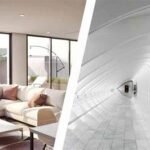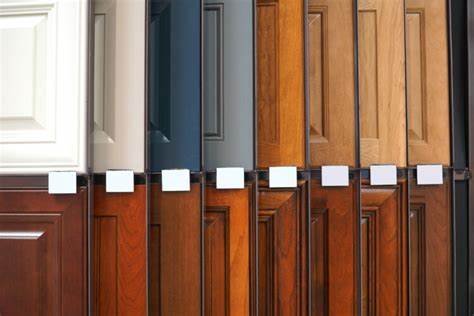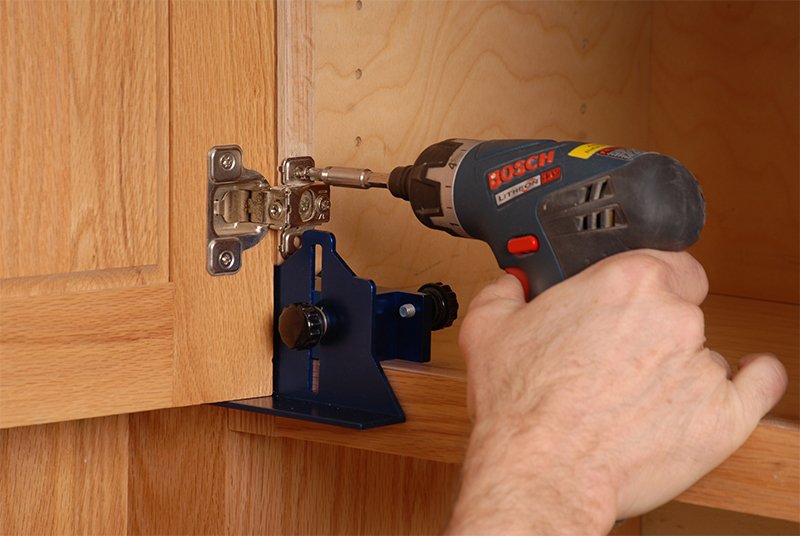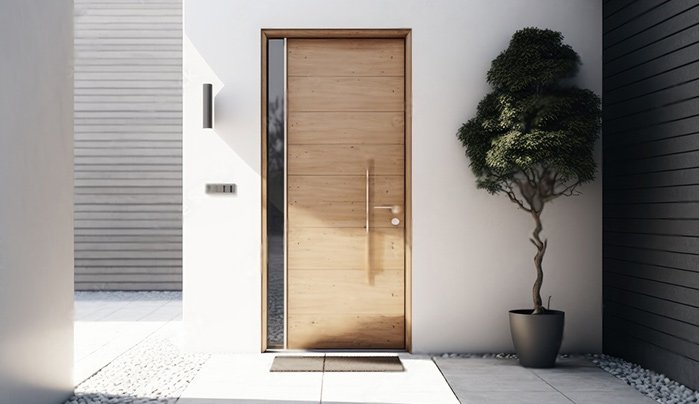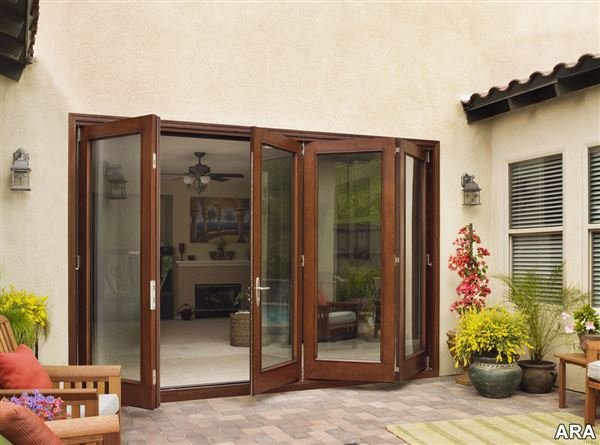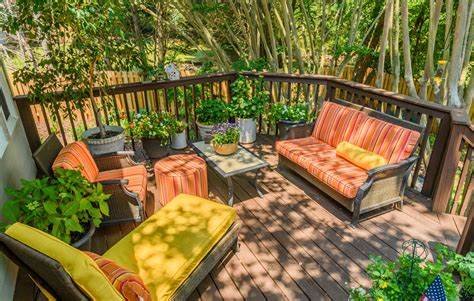Doors are integral to your home’s functionality and aesthetics. The right door material not only enhances the overall look but also impacts durability, security, and maintenance requirements. This article explores various door materials, their advantages, and how to select the best one for your home.
1. Wooden Doors
Timeless Appeal and Versatility
Wooden doors are classic and versatile, complementing various architectural styles. They offer natural warmth and can be customized with stains, paints, or carvings.
Pros:
- Natural beauty and elegance.
- Easy to customize.
- Suitable for both traditional and modern homes.
Cons:
- Susceptible to warping and moisture damage.
- Requires regular maintenance.
Best For:
- Main doors or interior doors in traditional or rustic homes.
2. Steel Doors
Strength and Security
Steel doors are durable, secure, and low-maintenance. They often feature foam insulation, making them energy-efficient.
Pros:
- Highly secure and weather-resistant.
- Minimal maintenance.
- Cost-effective compared to solid wood.
Cons:
- Limited design options.
- Susceptible to dents and scratches.
Best For:
- Exterior doors requiring enhanced security.
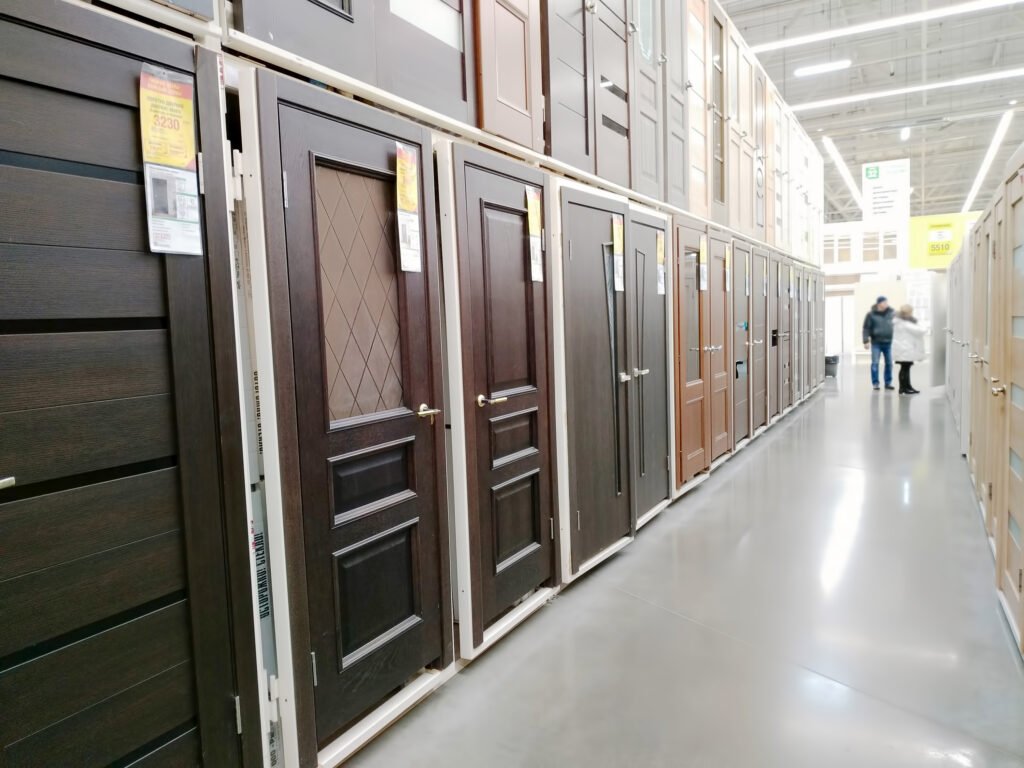
3. Glass Doors
Modern Elegance and Light
Glass doors create an open, airy feel and allow natural light to flood your interiors. They are often used with aluminum or wooden frames for added durability.
Pros:
- Enhances natural light.
- Creates a modern aesthetic.
- Can be frosted or tinted for privacy.
Cons:
- Fragile and may require tempered or laminated glass for safety.
- Limited insulation and privacy if fully transparent.
Best For:
- Patio or balcony doors.
- Interiors seeking a modern, light-filled look.
4. Fiberglass Doors
Durable and Low-Maintenance
Fiberglass doors are known for their durability, energy efficiency, and ability to mimic wood grain. They resist warping, rotting, and cracking.
Pros:
- Low maintenance.
- Excellent insulation properties.
- Available in various styles and finishes.
Cons:
- Higher initial cost.
- Limited availability in highly customized designs.
Best For:
- High-moisture areas or climates with extreme weather.
5. Aluminum Doors
Lightweight and Sleek
Aluminum doors are lightweight, modern, and corrosion-resistant. They are often paired with glass panels for a contemporary look.
Pros:
- Resistant to rust and corrosion.
- Minimal maintenance.
- Ideal for modern homes.
Cons:
- Not as strong as steel or wood.
- Poor insulation if not thermally broken.
Best For:
- Sliding or bi-fold doors in contemporary homes.
6. Composite Doors
Combination of Strength and Style
Composite doors combine materials like wood, steel, and plastic to create a product that offers the best of all worlds. They are robust, stylish, and energy-efficient.
Pros:
- Extremely durable and secure.
- Low maintenance and weather-resistant.
- Wide variety of styles and finishes.
Cons:
- Can be expensive.
- Limited in customization compared to natural wood.
Best For:
- Exterior doors requiring both aesthetics and durability.
7. UPVC Doors
Affordable and Practical
UPVC (unplasticized polyvinyl chloride) doors are lightweight, cost-effective, and easy to maintain. They are available in various colors and designs, often featuring multi-point locking systems.
Pros:
- Affordable and durable.
- Good insulation and weather resistance.
- Easy to clean.
Cons:
- Limited lifespan compared to other materials.
- Can look less premium.
Best For:
- Budget-friendly options for both interior and exterior use.
Factors to Consider When Choosing Door Material
- Purpose:
- Is the door for interior or exterior use? Exterior doors require materials that offer security and weather resistance.
- Style:
- Choose a material that complements your home’s architecture. For example, wood works well in traditional homes, while metal and glass suit modern designs.
- Climate:
- Consider local weather conditions. Moisture-resistant materials like fiberglass or UPVC are ideal for humid areas.
- Budget:
- Determine your budget to narrow down material choices. While some options like composite and fiberglass are pricier, they offer long-term value.
- Maintenance:
- Evaluate how much time and effort you’re willing to invest in upkeep. Wood requires more maintenance, while fiberglass and UPVC are low-maintenance.
- Security:
- For entry doors, prioritize materials like steel, composite, or solid wood for enhanced security.
Conclusion
The right door material can elevate your home’s style, improve energy efficiency, and enhance security. By considering factors like functionality, climate, and budget, you can select a material that meets your needs while complementing your home’s aesthetic. Whether you choose the timeless appeal of wood or the sleek durability of metal, your doors play a pivotal role in defining your space.



